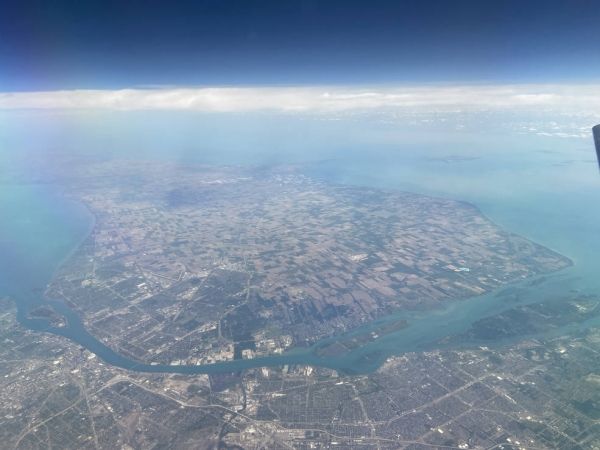A community-organized effort led by the Michigan Department of Environment, Great Lakes, and Energy named Michigan Ontario Ozone Source Experiment (MOOSE) is targeting the border region that's home to Detroit on the U.S. side and Windsor, Ontario, in Canada. The southeast Michigan region has ozone levels higher than the U.S. federal standard and elevated ozone also exists across the border in southern Ontario.
High surface ozone levels are harmful to human health, especially in children, older adults and people with asthma. They tend to occur near urban regions in the summer months with high temperatures and strong sunlight, which both accelerate ozone formation. This issue is more complex when emissions occur near large water bodies where pollutants can be trapped near the surface and then are transported by breezes that result from the large temperature differences between water and land. Detroit and Windsor are separated by the Detroit River, which runs between Lake St. Clair to the north and Lake Erie to the south.
The MOOSE study includes partners from a number of agencies, both state and federal, as well as organizations and academic institutes from both the U.S and Canada. Measurements will be taken on land and in the air.
Continue reading at NASA Langley Research Center
Image via NASA Langley Research Center


